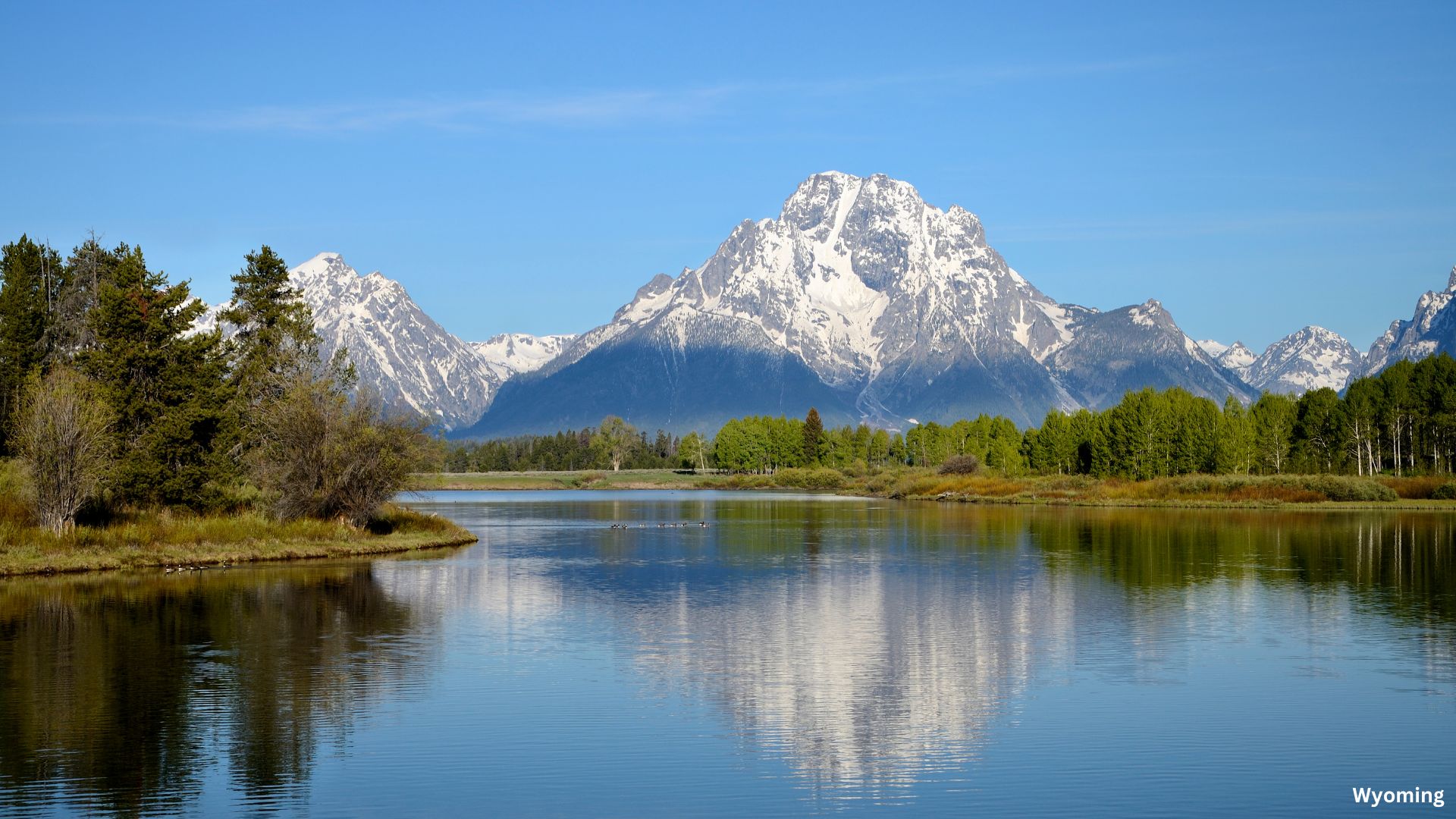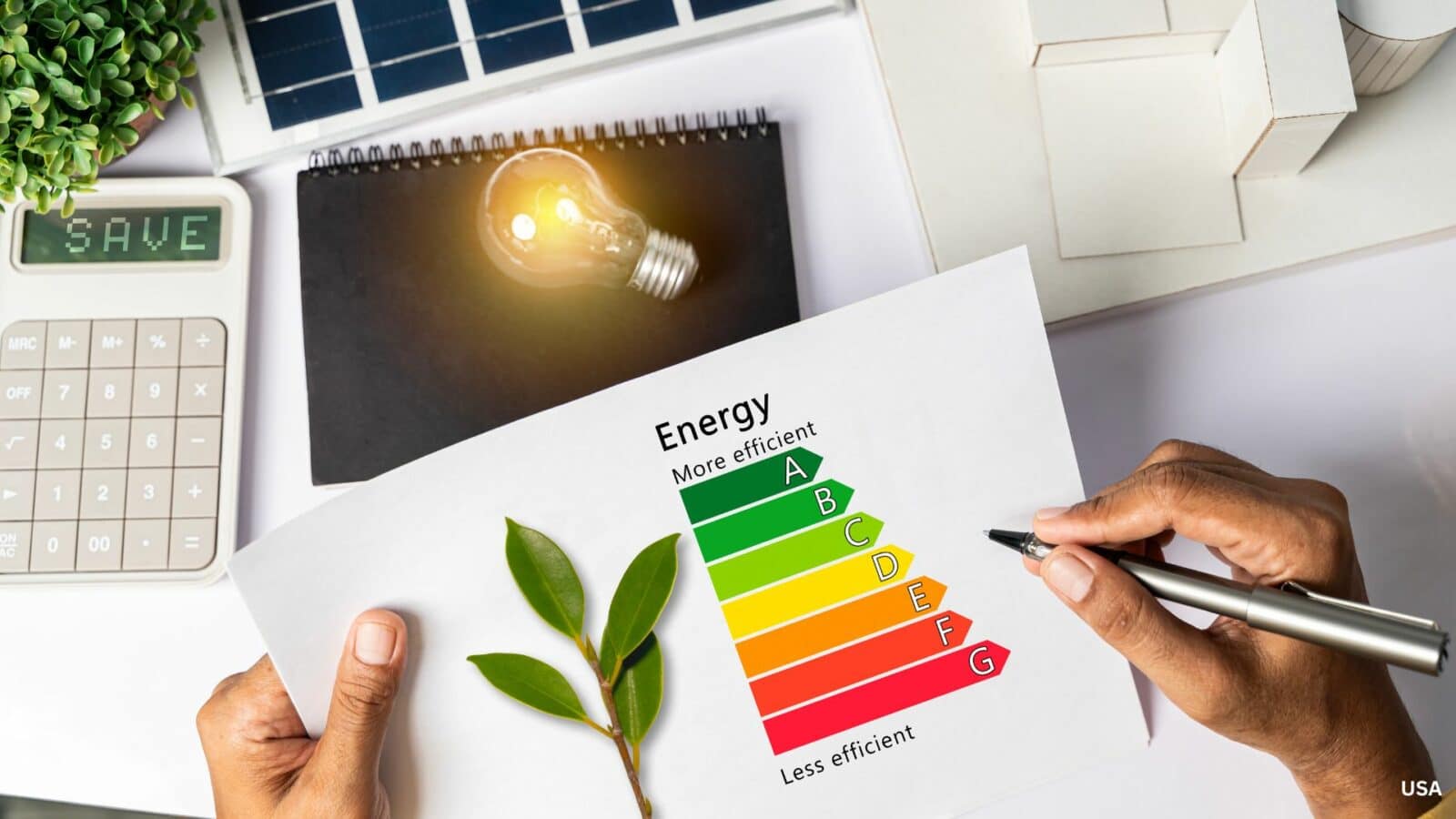Energy bills can be a significant burden on households, varying widely across different regions. Understanding which states have the highest energy bills can help residents make informed decisions about their energy consumption and, potentially, their place of residence. According to a recent survey from WalletHub, some states stand out for their exceptionally high energy costs, impacting residents’ monthly budgets. Let’s dive into the details and explore the states with the highest energy bills, according to Realtor.com.
The Top Five States With the Highest Energy Bills
Wyoming

Topping the list is Wyoming, where residents face an average monthly energy bill of $1,591. This is nearly double the amount paid by residents in North Dakota, the state with the second-highest energy costs. Wyoming’s harsh winters and remote locations contribute to high heating oil and gas usage, driving up energy expenses.
North Dakota

Coming in second, North Dakota residents pay an average of $840 per month on energy. Similar to Wyoming, the frigid winters significantly impact energy consumption, leading to higher costs.
Iowa

With an average monthly energy bill of $798, Iowa ranks third. The state’s cold climate necessitates substantial heating, contributing to its high energy costs.
Montana

Montana residents pay an average of $787 per month. The state’s expansive rural areas and severe winters play a significant role in its high energy bills.
Minnesota

Rounding out the top five, Minnesota’s average monthly energy cost is $782. The combination of cold winters and high electricity consumption leads to elevated energy expenses.
High Energy Bills in Warm Climates
While cold states dominate the top of the list, warmer states also experience high energy bills due to elevated electricity consumption:
- Louisiana: Known for its hot and humid climate, Louisiana has high electricity usage, contributing to significant energy costs.
- Alabama and Mississippi: These states also see high electricity consumption, primarily due to the extensive use of air conditioning.
Surprising Findings: Hawaii’s Energy Efficiency

Hawaii presents an interesting case. Despite having the highest electricity prices in the nation, it boasts the lowest consumption per consumer. This suggests that high costs incentivize residents to adopt more energy-efficient practices, mitigating their overall energy expenses.
Factors Influencing Energy Costs
Several factors influence why energy costs vary so dramatically between states. According to experts like Cassandra Happe from WalletHub and Justin Perryman from Washington University School of Law, these factors include:
- Energy Sources: The type of energy sources available and utilized in a state significantly impact costs.
- Supply and Demand: Regions with higher demand or limited supply face elevated prices.
- Regulation: States with deregulated energy markets, such as Texas, often see lower prices due to competition among providers. In contrast, states with regulated markets have state authorities setting prices, potentially leading to higher costs.
Saving on Energy Bills
To mitigate high energy bills, residents can consider the following strategies:
- Energy-Efficient Appliances: Investing in energy-efficient appliances and lightbulbs can reduce consumption.
- Energy Audits: Conducting energy audits to identify areas for improvement can lead to significant savings.
- Insulation and Windows: Upgrading insulation and windows to more energy-efficient options can help maintain indoor temperatures, reducing the need for excessive heating or cooling.

Understanding which states have the highest energy bills can inform residents about potential cost-saving measures and even influence relocation decisions. Wyoming, North Dakota, Iowa, Montana, and Minnesota top the list, primarily due to their harsh climates and high energy consumption. However, even in warmer states like Louisiana, Alabama, and Mississippi, high electricity usage can lead to substantial energy costs. By adopting energy-efficient practices and staying informed about energy trends, residents can better manage their energy expenses.
Related posts:
 Decline in Home Prices: Anticipating a Shift in 2024
Decline in Home Prices: Anticipating a Shift in 2024
 Maryland Governor Legislative Agenda: Military Families, Housing, and Public Safety in 2024
Maryland Governor Legislative Agenda: Military Families, Housing, and Public Safety in 2024
 Nashville’s Zoning Bills for Middle-Income Housing Spark Contentious Debate
Nashville’s Zoning Bills for Middle-Income Housing Spark Contentious Debate
 Tampa Affordable Housing Initiative Breaks Ground on New 188-Unit Building
Tampa Affordable Housing Initiative Breaks Ground on New 188-Unit Building
 Navigating the Decline: Florida Condo Prices Dropping Amidst Rising Costs
Navigating the Decline: Florida Condo Prices Dropping Amidst Rising Costs



